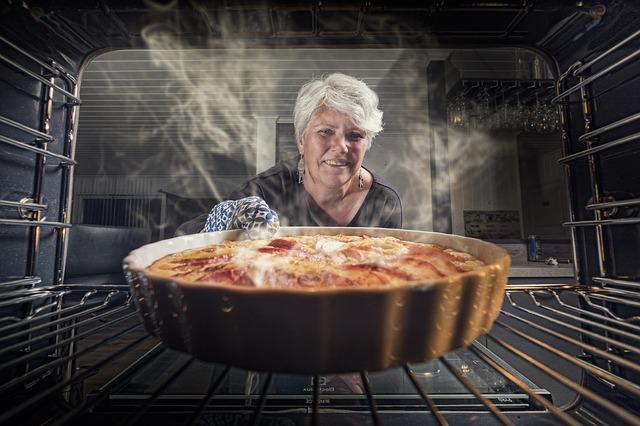
Convection is a transfer system that carries thermal energy from one area to another.
The etymology of convection refers us to the late Latin word convectio , which refers to the "act of transport." The term is used in the field of physics to refer to the mode of propagation of a magnitude in a fluid due to differences in density .
heat spread
Generally the idea of convention is linked to the spread of heat in air or water. It is a transfer system that carries thermal energy from one area to another.
When two bodies that are at different temperatures meet, a heat flow occurs. The body that registers a higher temperature, in this framework, transfers heat to the one that is at a lower temperature by convention. It is important to mention that the flow is due to the movement of the molecules .
Therefore, when there are two liquids; two gases ; or a liquid and a gas at different temperatures, the convention process that involves heat transfer is generated. This can be seen in the operation of radiators , for example.
If a radiator is turned on, the natural convention causes a flow of heat to exist. As the air surrounding the radiator heats up, its density decreases and moves upward, since it now weighs less than the ambient air. You only need to place your hand on the radiator to feel the heat that is rising.
in meteorology
In the field of meteorology , on the other hand, the movement of air in a vertical direction is called convection. This phenomenon develops naturally in the atmosphere by the sun's rays, which heat the Earth's surface and then that heat is transmitted to the adjacent layer of air, causing its density to decrease and rise.
When the temperature in a parcel of air increases and its pressure remains constant, an increase in its volume and a decrease in its density is perceived. As a result, the air rises due to buoyancy, just as happens with helium balloons (a substance less dense than air).
convection oven
In recent decades, technological advances in different areas of the industry have presented us with several alternatives to products that we considered essential, such as kitchen appliances. The oven is no exception, since currently there is a variety to take into account when buying one, since probably for each home there is one more suitable than the rest. The convection one generates a current of air that pushes the heat towards the food , and in this way it heats it in less time and with better results.

Convection ovens push heat into the food.
To do this, the convection oven has a heating element that heats up (like many other electric ovens) and a fan that blows behind it to send the heat in the direction of the trays. The current is continuous and even, which is why the food is well cooked. The traditional oven does not actively move heat, so it depends on the proximity of the food or natural radiation; This results in a waste of energy and a lack of uniformity in cooking .
Thanks to convection, the heat reaches every corner, also improving the cooking of the less exposed parts of preparations such as pizzas or empanadas, and even the base of sliced vegetables, for example, which in a traditional oven can only be They cook on top. In short, this technology offers a series of very tempting benefits, both for the pockets of those who pay the electricity bill and for the palates of diners.
